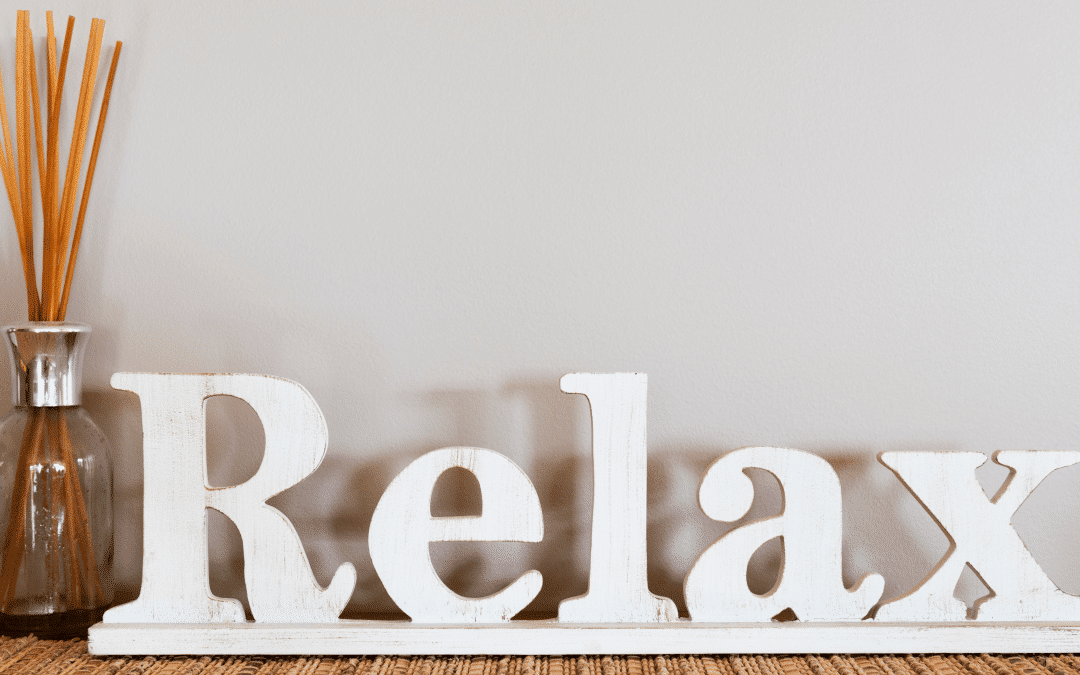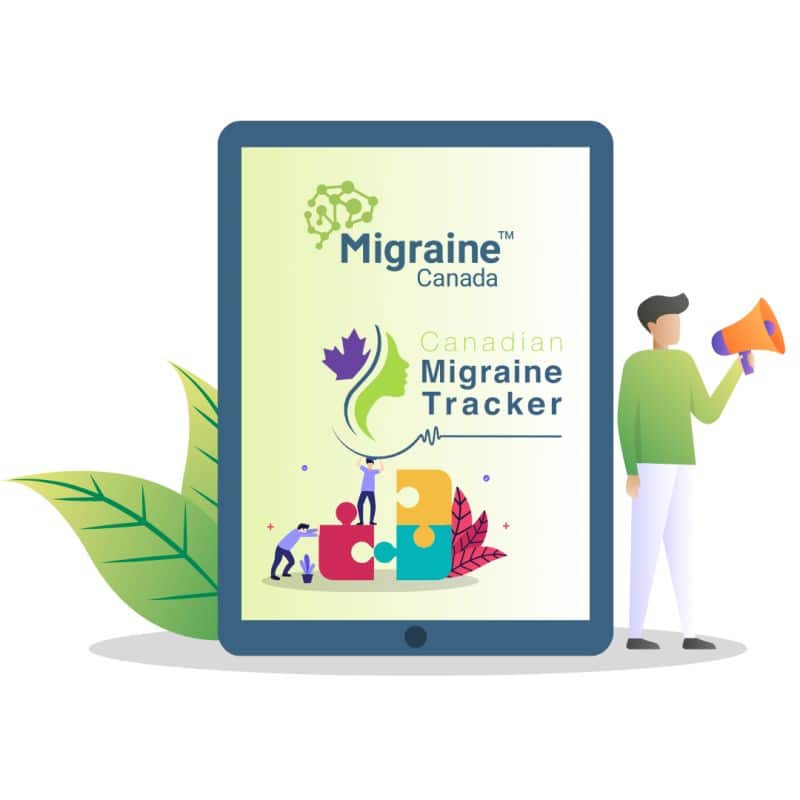Wondering why relaxation is crucial for managing migraine? Research reveals a strong link between stress and migraine, suggesting relaxation techniques can effectively mitigate both stress and migraine symptoms. Whether you’re new to relaxation practices or seeking to optimize your routine, understanding the benefits and techniques can empower you to integrate relaxation into your migraine management strategy. Explore key insights and practical tips to harness the power of relaxation in reducing migraine frequency and severity.
Why should people with migraine use relaxation?
People with migraine often identify stress as a trigger. Studies suggest there is a “bidirectional relationship” between stress and migraine, meaning stress can contribute to migraine, and living with migraine can be a source of stress. Daily hassles (rather than major life events) are considered the most potent sources of stress for people with migraine. An abrupt reduction in stress, such as after the end of a work week, can also trigger “let down” headache.
While there are many unanswered questions about the connection between stress and migraine, research supports the effectiveness of relaxation in countering both the effects of stress and migraine.
I don’t feel anxious, but I am very busy… is this stress as well?
Stress can mean different things. Some people use the word to describe anxiety and worry, implying excessive concerns about things that might not happen. This type of stress can be managed with psychotherapy and meditation.
In cardiology, stress refers to the load on the heart, or how much power the heart uses to push blood through the body. Similarly, the brain can experience stress when more power is needed, or energy is low due to lack of sleep, making numerous decisions, or handling multiple tasks at once. This is often referred to as mental load, even if it doesn’t cause anxiety. Mental exhaustion can also trigger migraine.
How can relaxation decrease mental load?
Relaxation techniques can decrease the brain’s load by setting aside thoughts and focusing on the present (i.e., on breathing, an image, or other body sensations). Although the exact mechanisms are unclear, regular meditation techniques have demonstrated benefits in reducing migraine.
What techniques can be used to manage stress and mental exhaustion?
Different techniques have been studied:
- Progressive muscle relaxation (PMR)
- Biofeedback
- Mindfulness meditation
- Diaphragmatic breathing
- Guided visual imagery
How often should I practice relaxation to get results?
Regular practice is key. Relaxation seems to work best when done daily. It should become a “maintenance practice” for your brain. For those who experience “let down” headache, daily relaxation can help maintain lower stress levels and potentially prevent headaches when stressful periods end. Relaxation sessions don’t need to be long; regularity is more important.
How does relaxation work to improve migraine?
During the stress response, the sympathetic nervous system increases muscle tension, heart rate, blood pressure, breathing rate, and perspiration. The relaxation response, in contrast, brings the body into a resting state: the heart rate and blood pressure decrease, breathing slows and deepens, and muscle tension decreases. Bringing the body into this relaxed state seems to positively affect migraine frequency.
How can I get started?
It may seem difficult to start a relaxation program, but it can be accomplished if you break it down into manageable steps:
Your content goes here. Edit or remove this text inline or in the module Content settings. You can also style every aspect of this content in the module Design settings and even apply custom CSS to this text in the module Advanced settings.
- Review Available Relaxation Resources and Make a List of Techniques to Try
- Relaxation has become mainstream, and there are many online resources, apps, CDs, books, and classes. Most relaxation techniques can be done independently at a time and place that works for you. Biofeedback is usually done with a healthcare professional, but some basic biofeedback strategies (like hand warming) can be practiced independently.
- Review the resources available to you and list the ones you want to try in order of interest.
- Set up a Trial Schedule and Stick to It
- Set aside about a month for each relaxation technique you want to try.
- Schedule a 20-30 minute daily practice session at a convenient time. Aim for daily practice, ideally 4-7 days per week (1-3 days per week will probably not induce real change).
- Monitor your practice
- Keep track of your progress with simple relaxation logs.
- To make a log, divide a page into four columns. From left to right, label the columns: pre-session relaxation rating, pre-session migraine intensity, post-session relaxation rating, and post-session migraine intensity. Rate each of these on a 0-10 scale (for relaxation: 0 = not at all relaxed, 10 = completely relaxed; for migraine intensity: 0 = no pain, 10 = severe pain). Track these ratings over time to see if they improve.
- Download our relaxation log (PDF or DOCX)
- Evaluate Your Enjoyment and Feasibility
- After a few sessions, decide if you find the relaxation technique enjoyable and if it can be realistically incorporated into your routine.
- If a technique doesn’t work or your migraine attacks increase, discontinue the trial and start a new one with a different relaxation technique.
- If You Find the Right Technique, Keep Going!
- Once you’ve learned a technique and feel comfortable using it, it will become a powerful tool. Consistent practice will integrate it into your health routine and daily life.
If the First Technique You Tried Doesn’t Work, Try Another One!
- Consider having a longer relaxation technique (e.g., progressive muscle relaxation or visualization) and a shorter one (e.g., diaphragmatic breathing). This allows flexibility depending on your day and needs.
- Some people prefer to have access to both a structured relaxation session (e.g., a narrated CD) and a non-structured session (e.g., mini mindfulness). This way, they can use a structured session when their migraine attacks are severe and it’s difficult to plan and concentrated.
I really tried, but I find relaxation difficult. How can I learn a good technique to improve my situation?
Learning a relaxation technique can be challenging. Some people may benefit from professional guidance. Consider working with a therapist if needed.
References
- Buse DC & Lipton RB (2015). Primary headache: What’s stress got to do with it? Cephalalgia 35(10): 844-849.
- Fuerst, ML (2014) Relaxation followed by stress triggers migraine. Modern Medicine Network.
- Lipton et al. (2014). Reduction in perceived stress as a migraine trigger: testing the “let-down-headache” hypothesis. Neurology 82(16): 1395-401.
- Rains JC, Penzien DB, McCrory DC, Gray RN (2005). Behavioral headache treatment: history, review of the empirical literature, and method critique. Headache 45 Suppl 2: S92-109.
- Sauro K & Becker WJ (2009). The stress and migraine interaction. Headache 49(9): 1378-86.
- Smitherman TA, Wells, RE, Ford SG (2015). Emerging behavioural treatments for migraine. Curr. Pain Headache Rep. 19(4): 13. Doi: 10.1007/511916-015-0486-2
Post#713&714



